Nicaragua: Leon
ຈັດພີມມາ: 23.05.2018
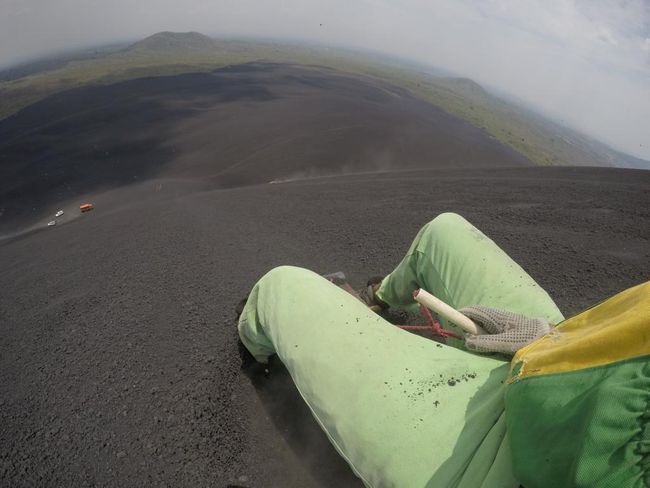
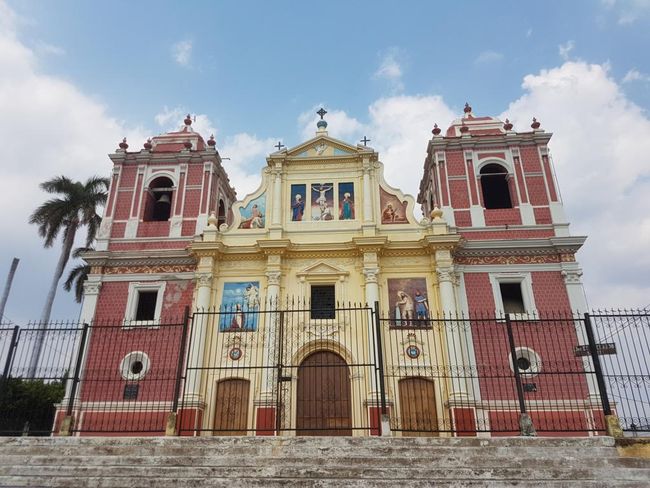
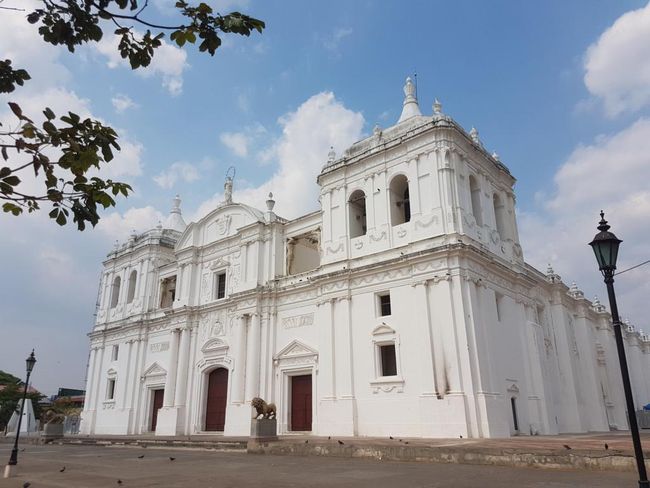
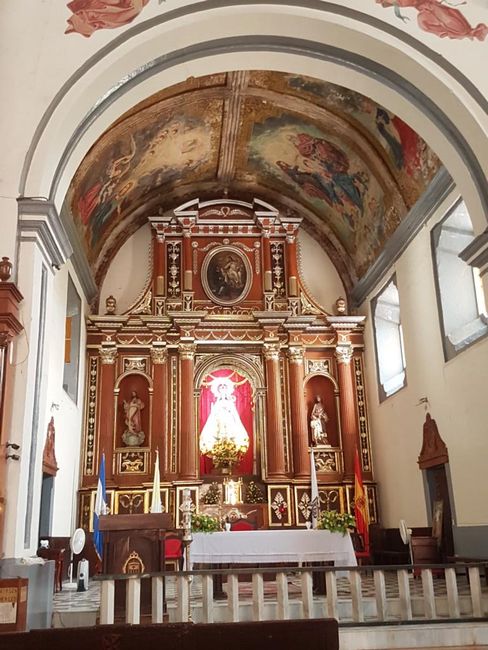
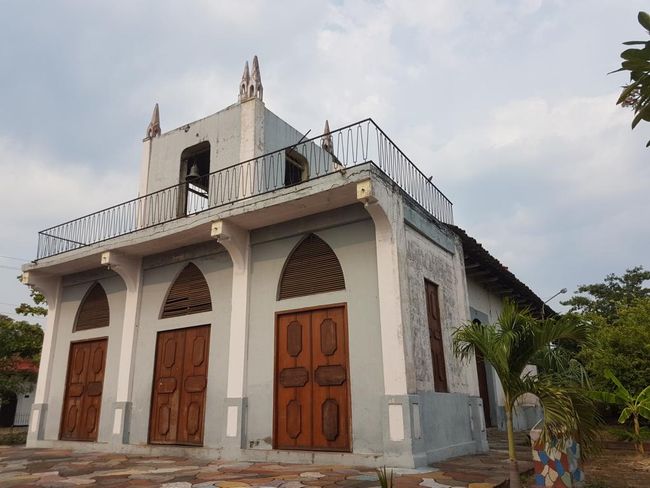
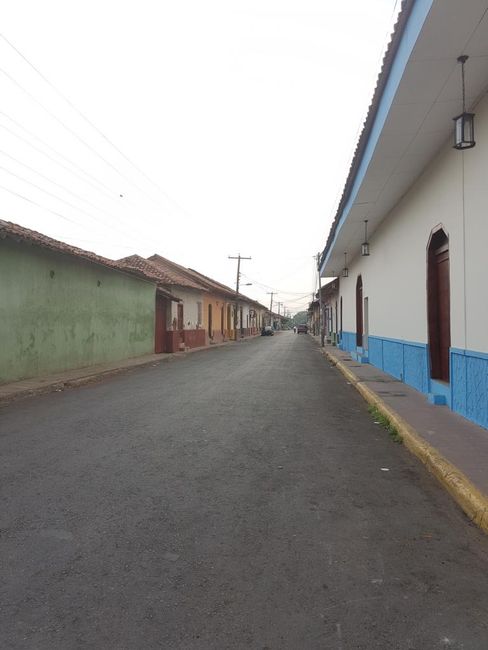
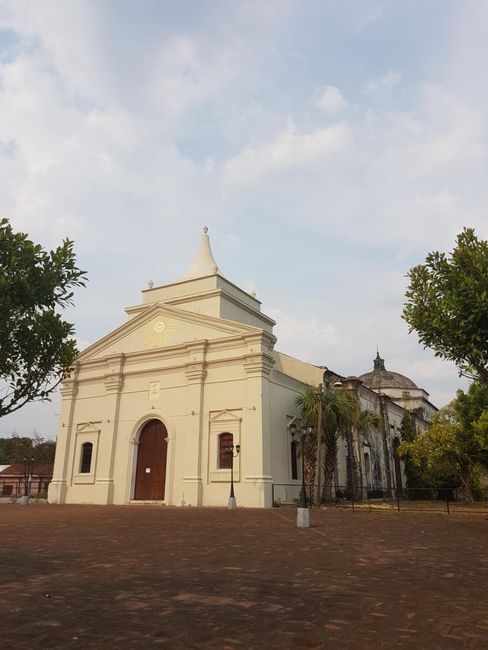
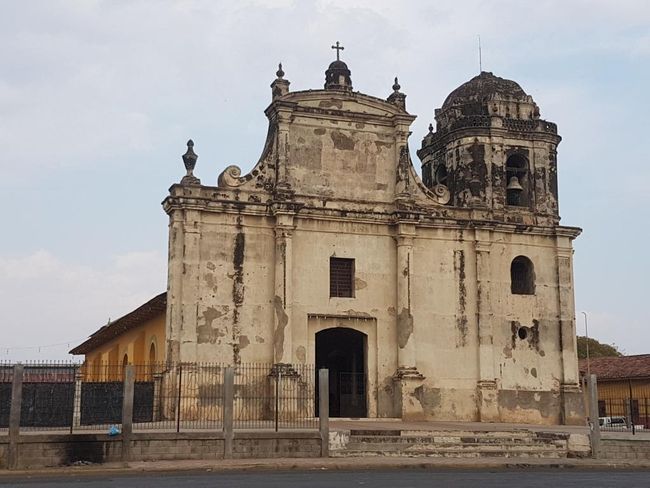
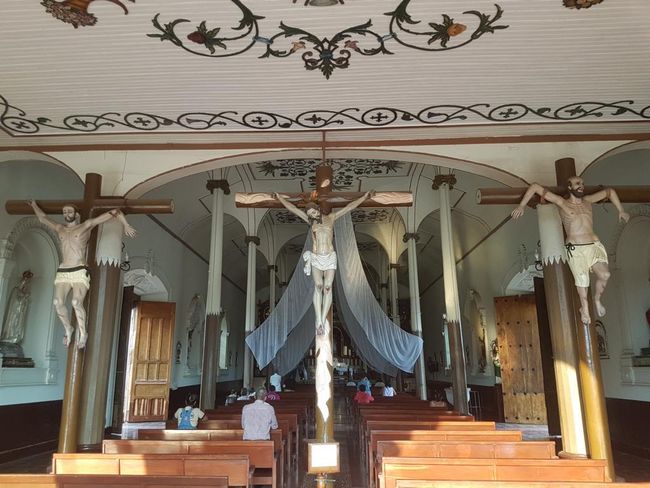
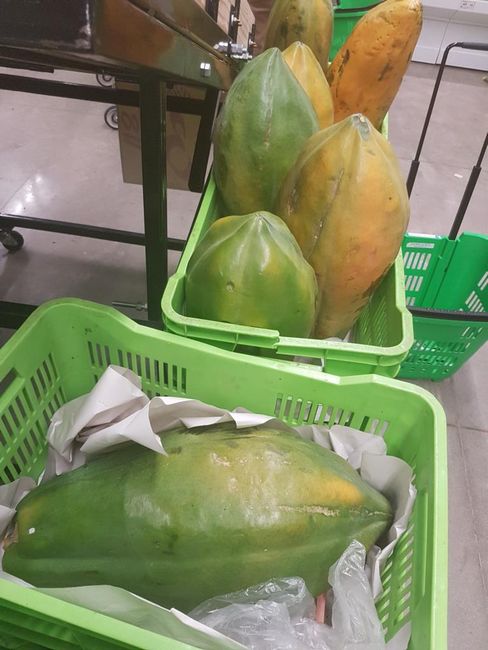
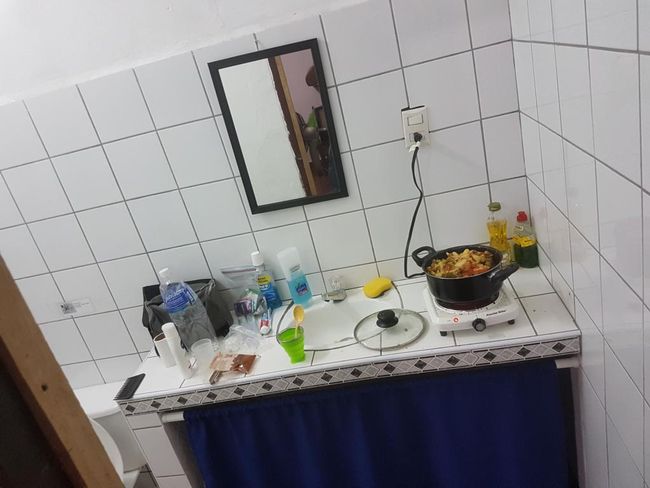
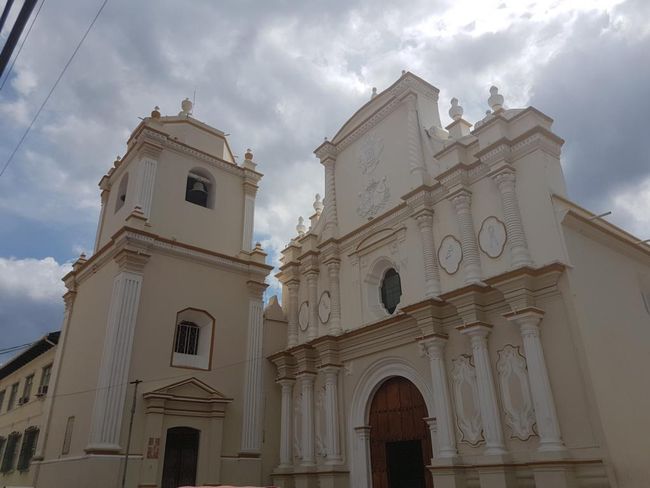
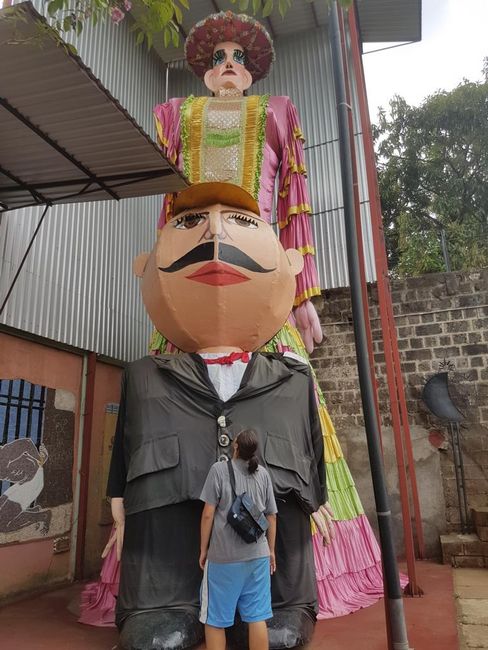
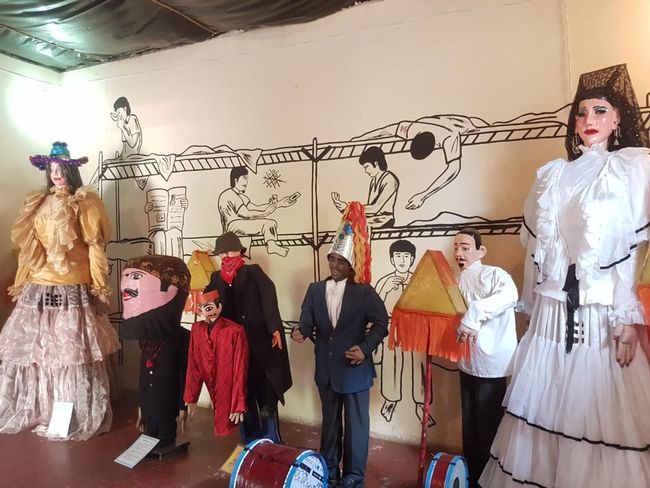
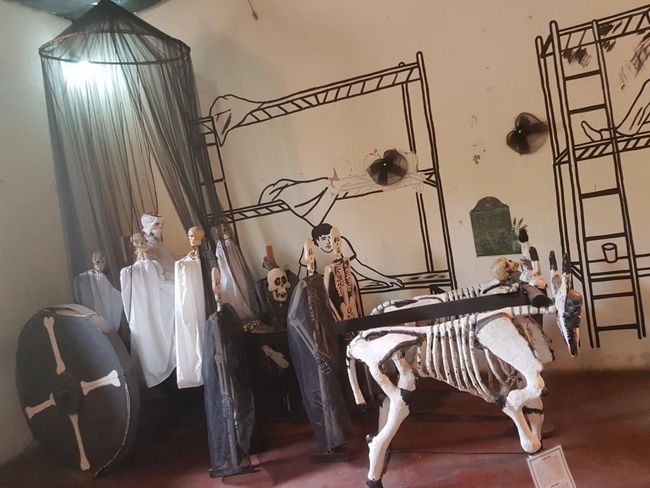
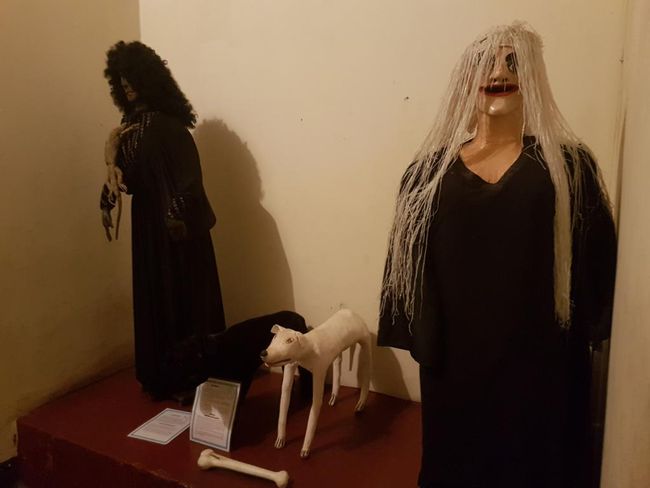
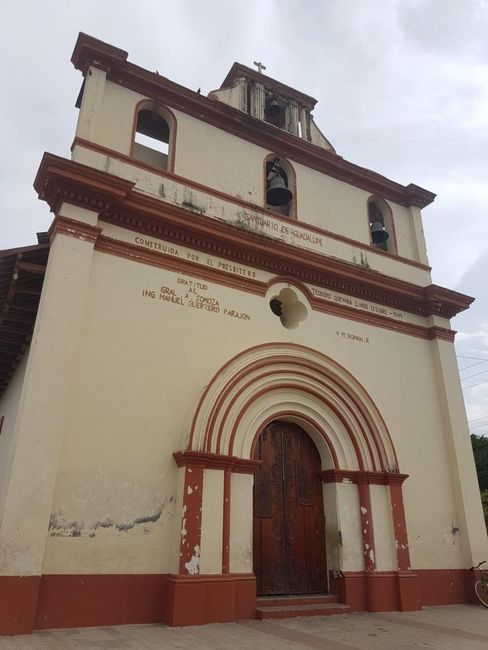
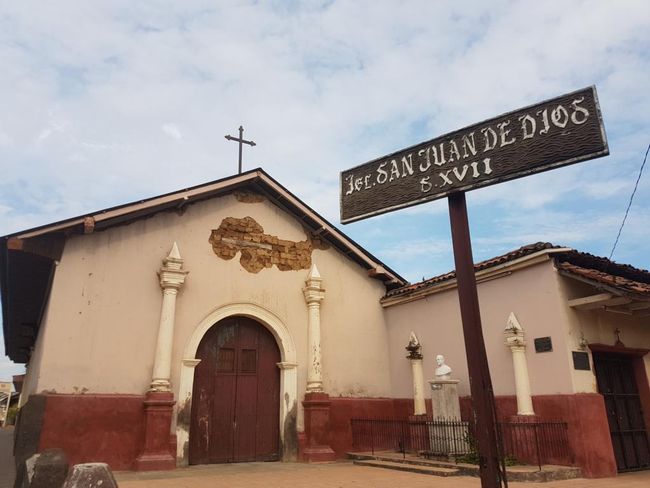
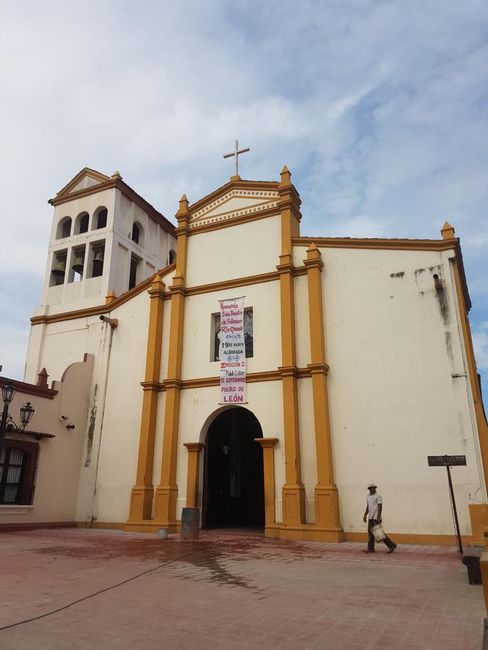
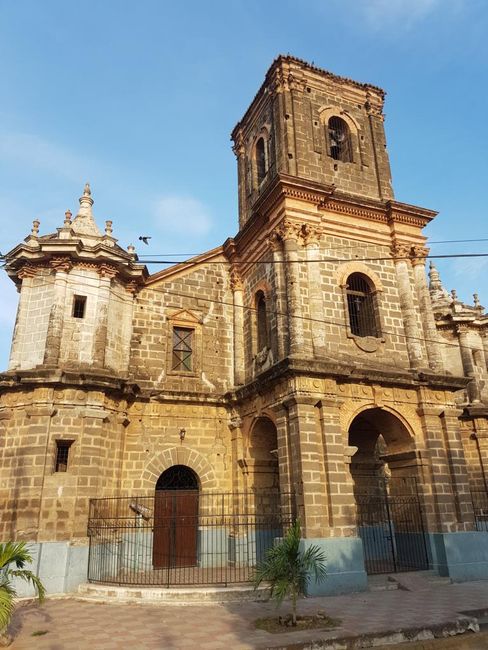
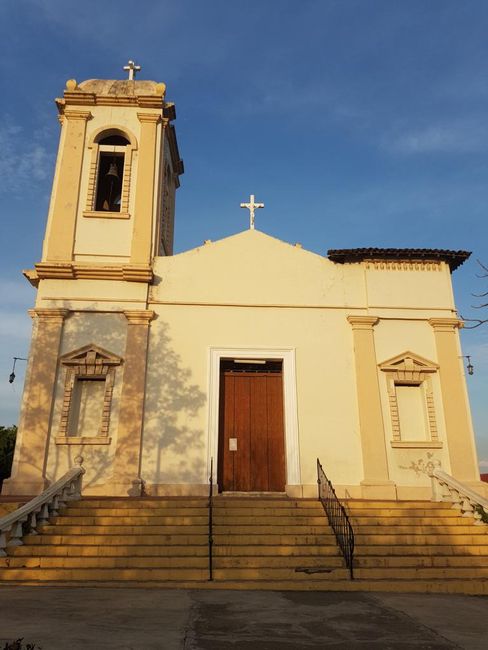
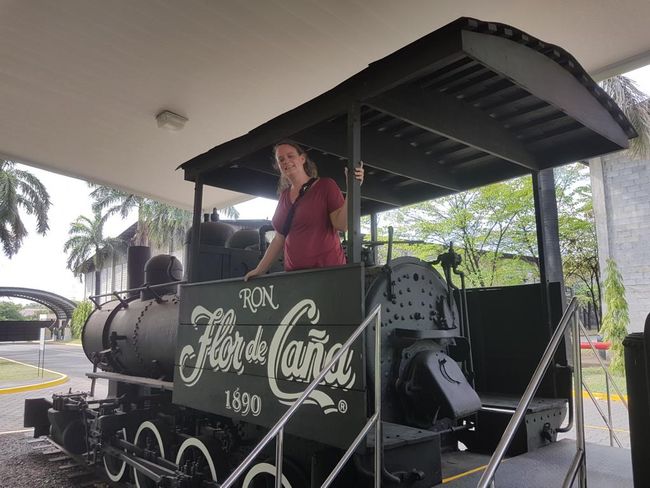
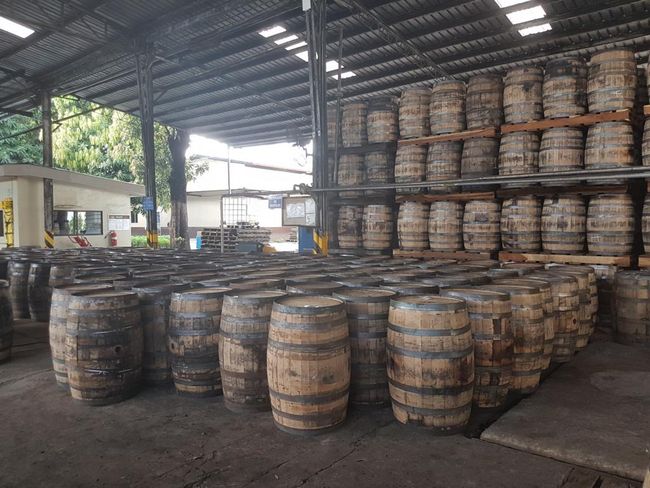
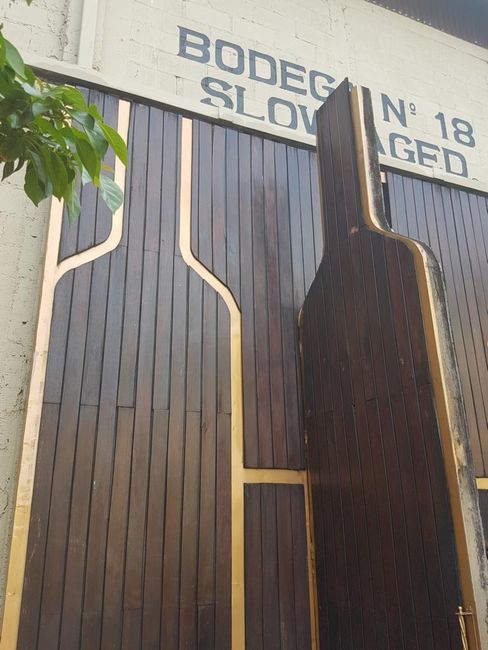
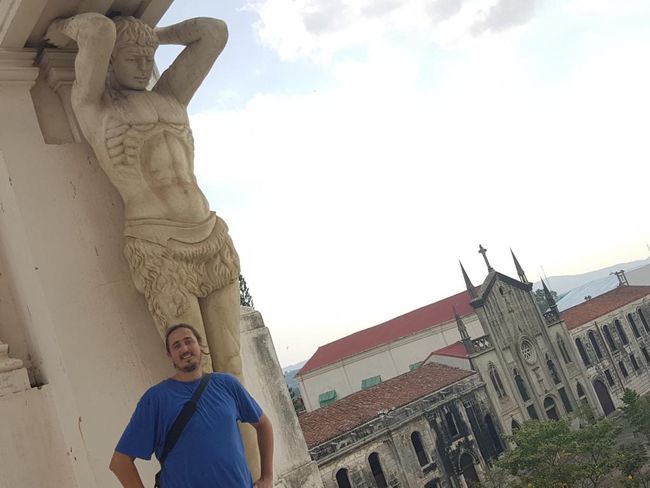
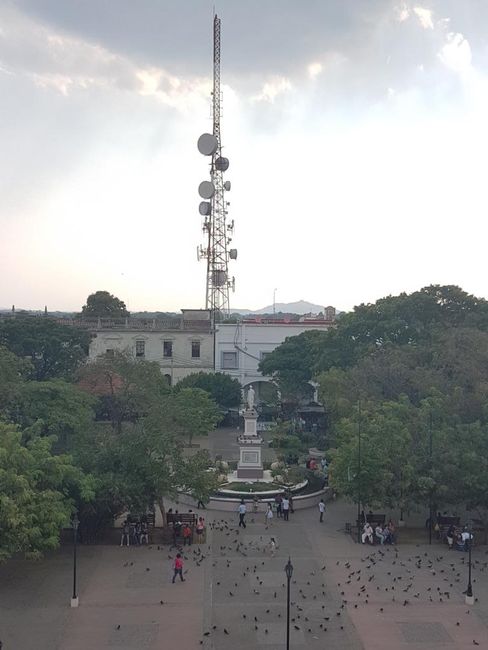
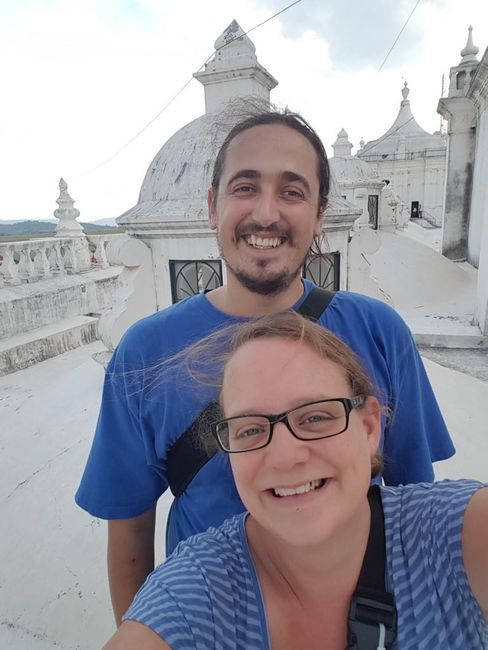
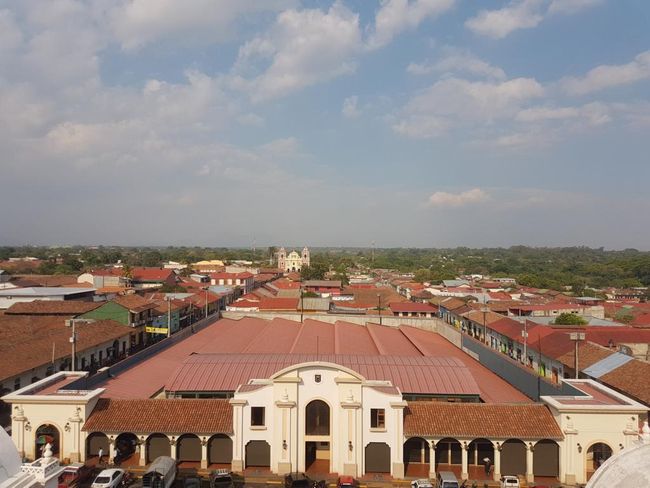
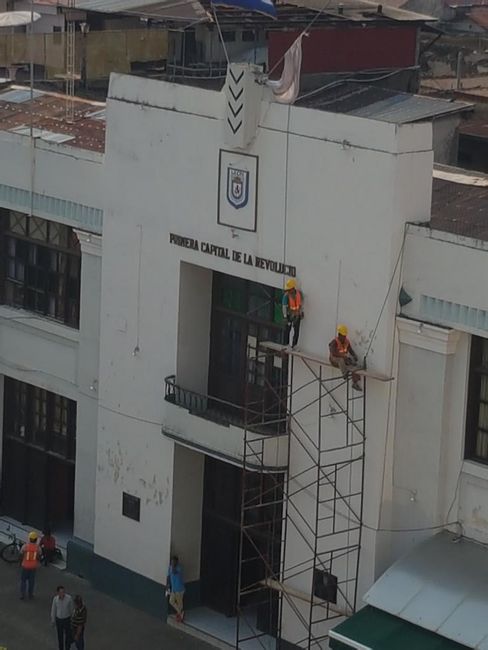
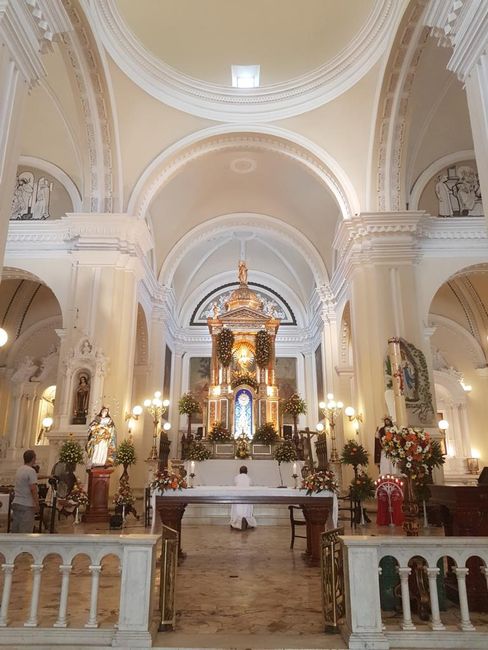
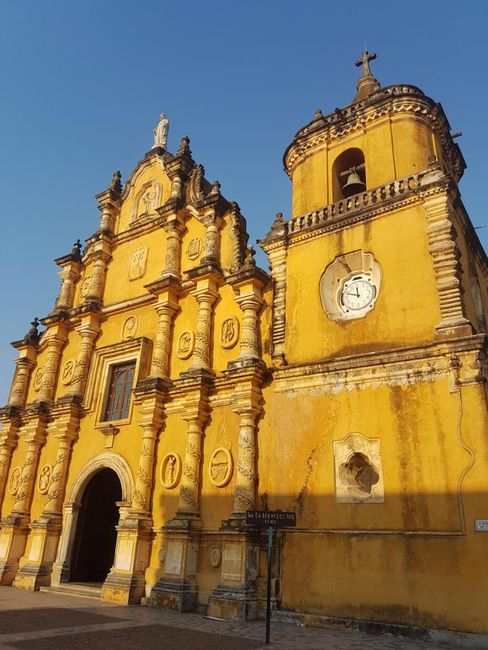
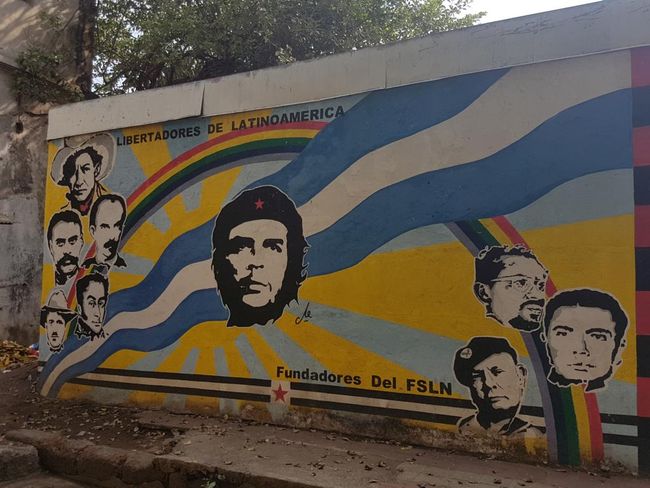
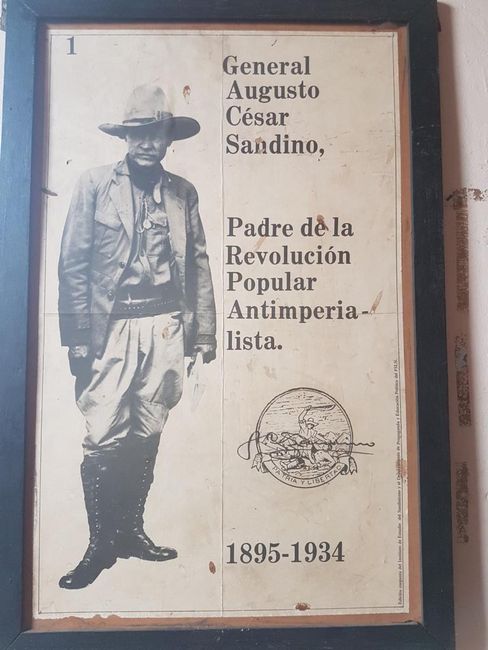
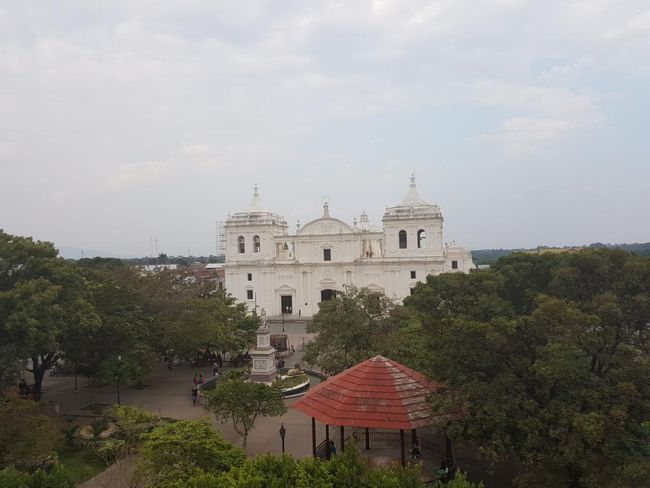
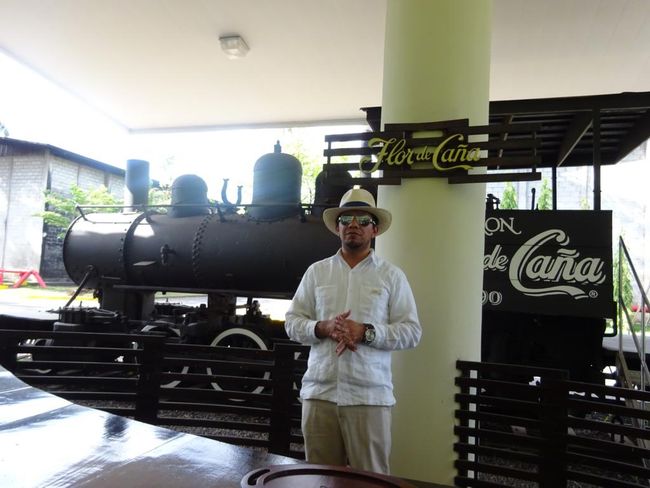
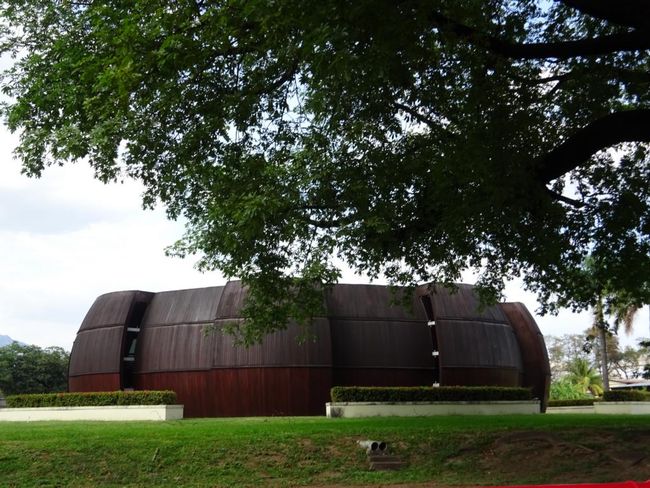
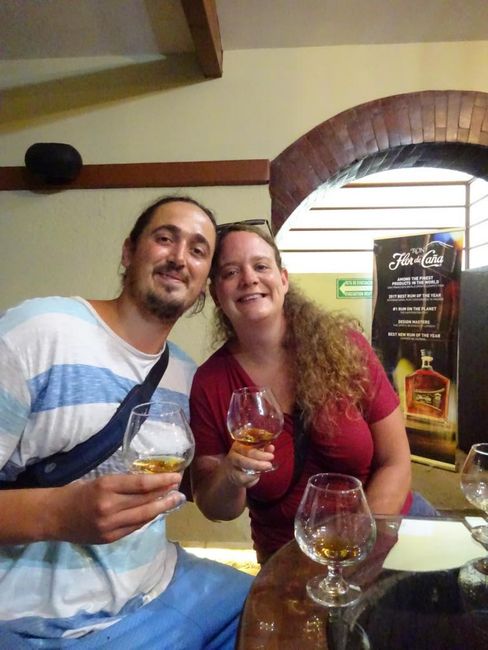
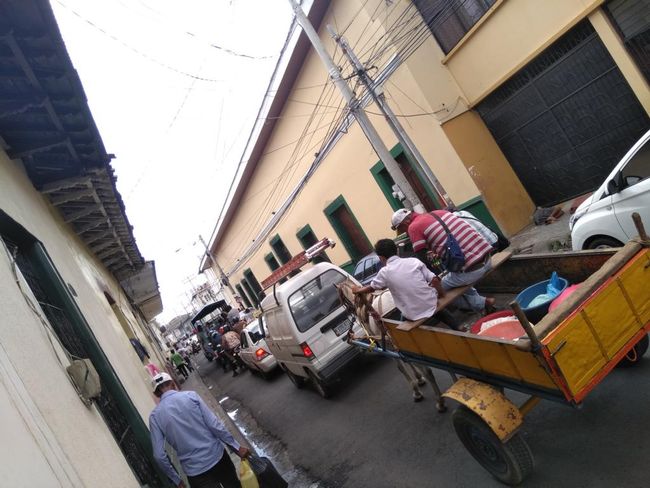
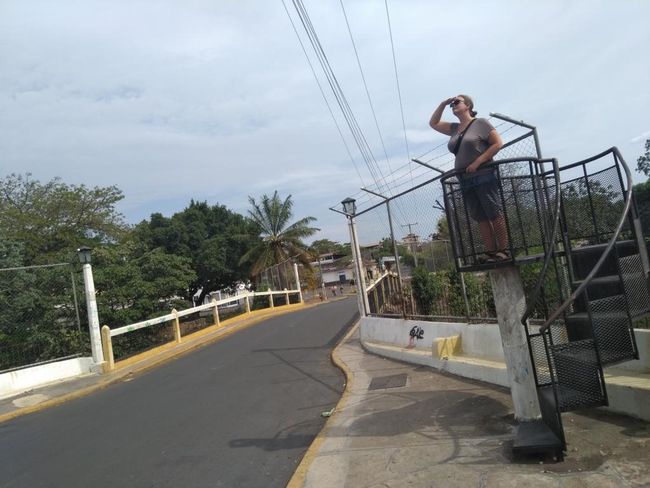
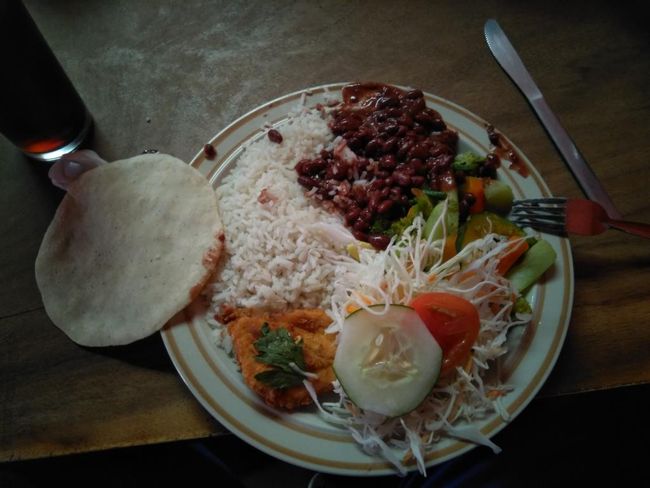
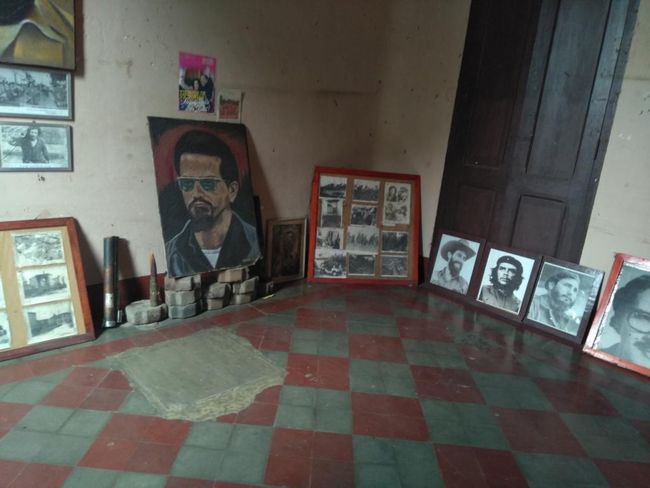
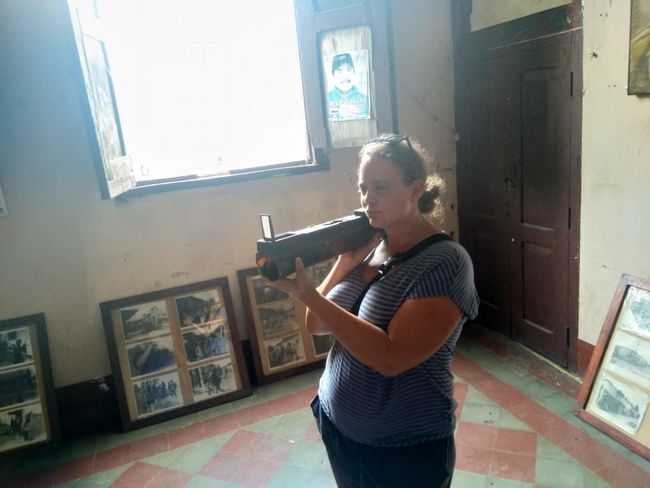
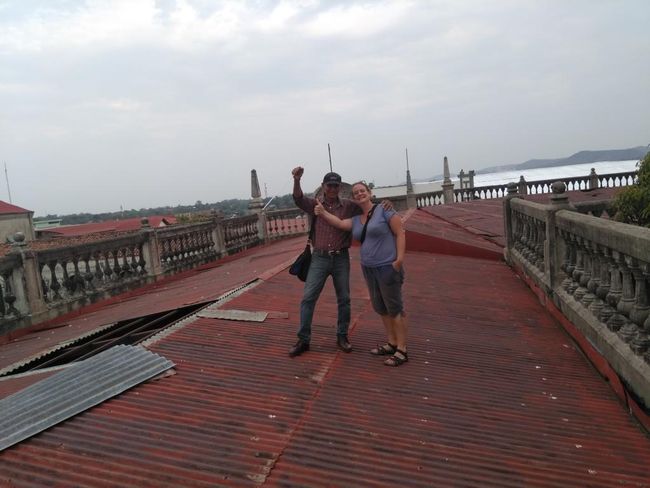
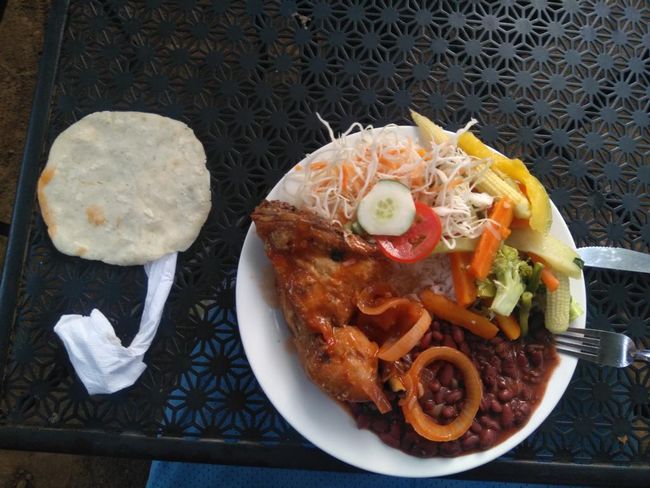
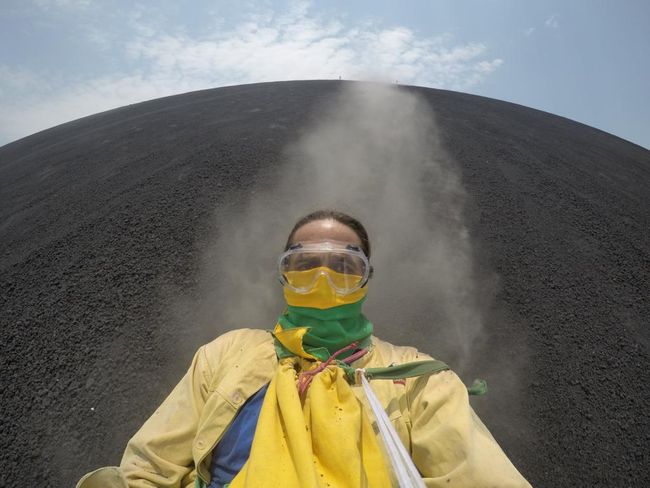
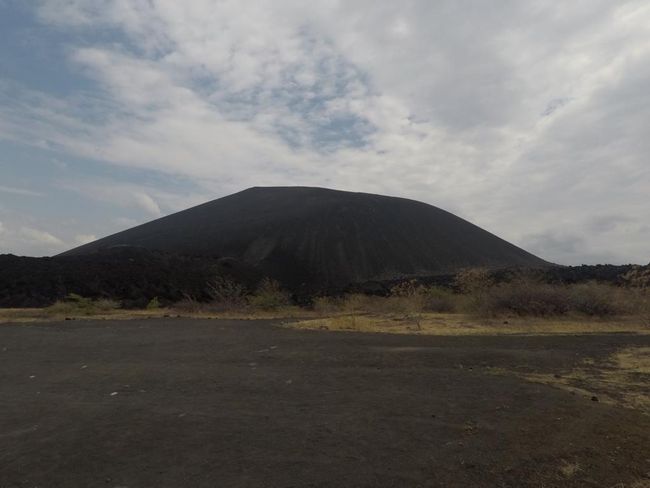
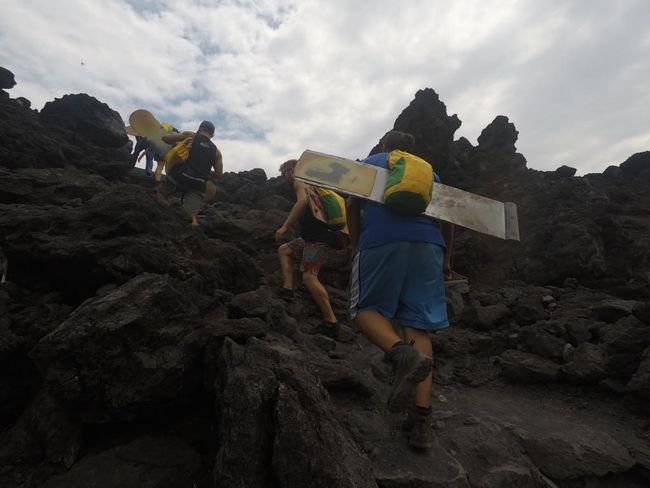
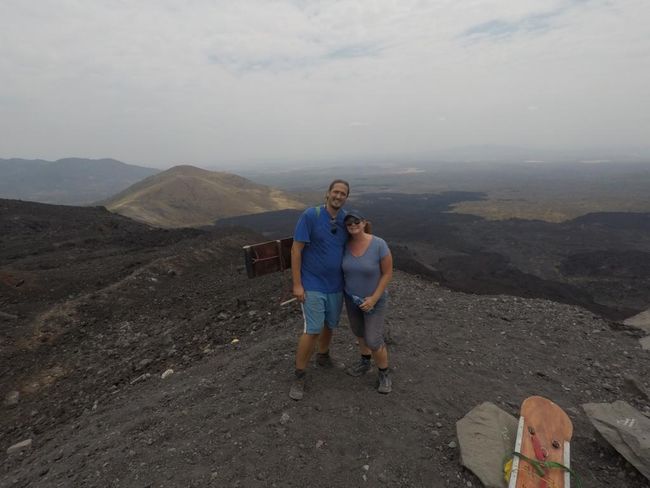
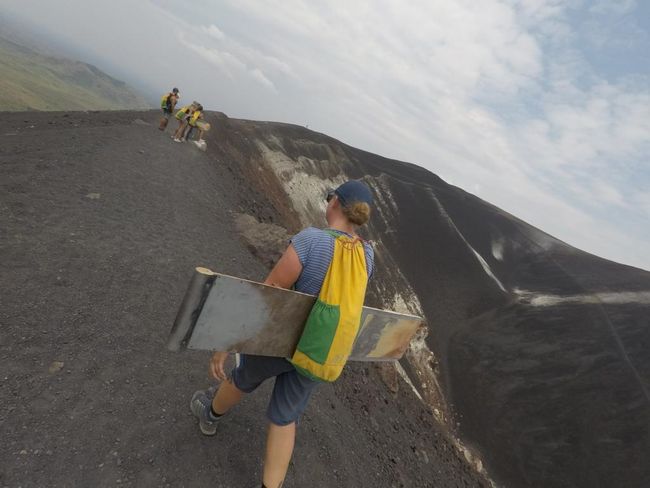
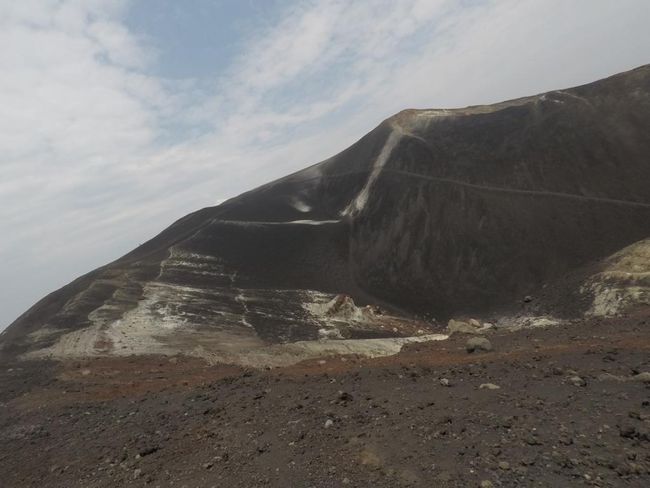
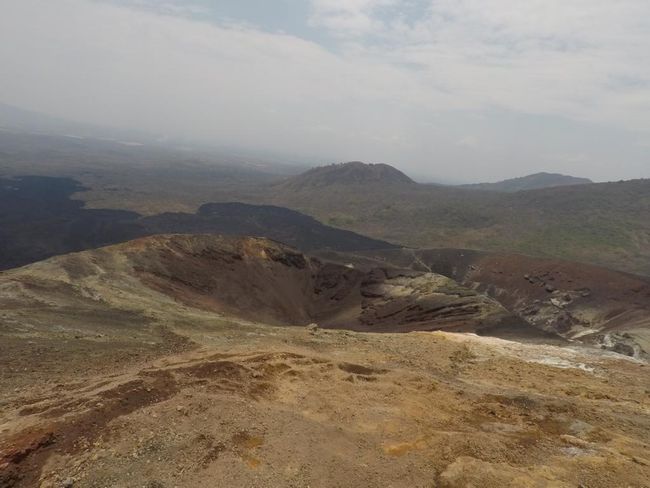
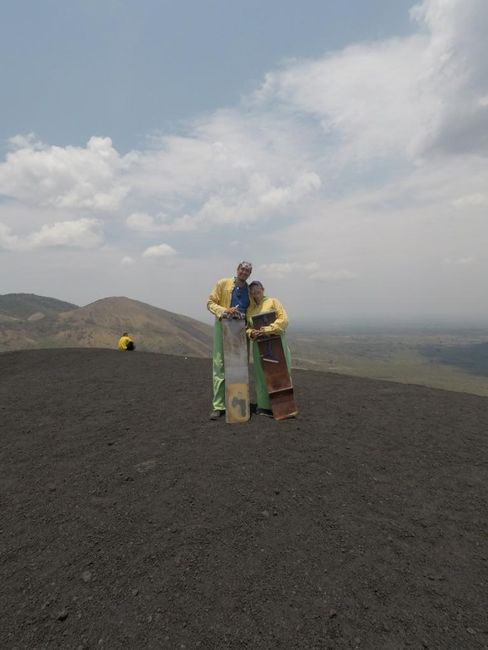
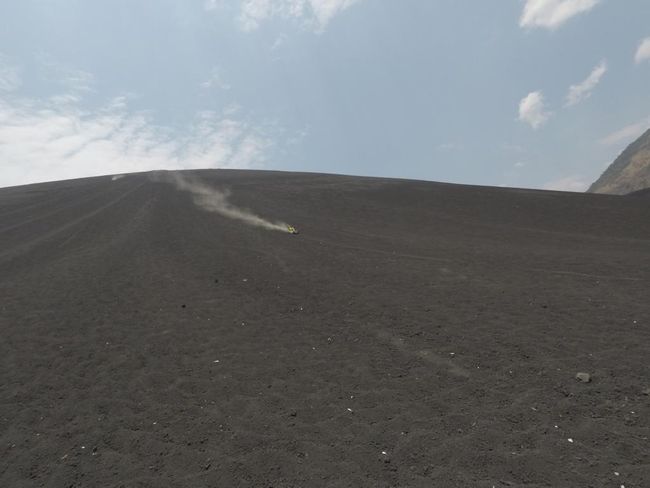
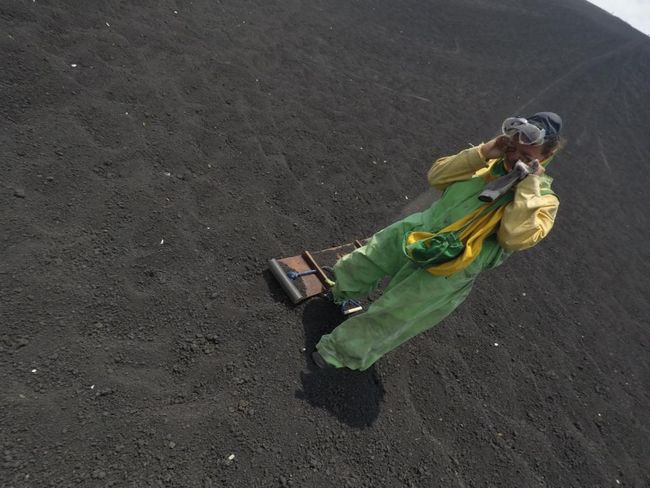
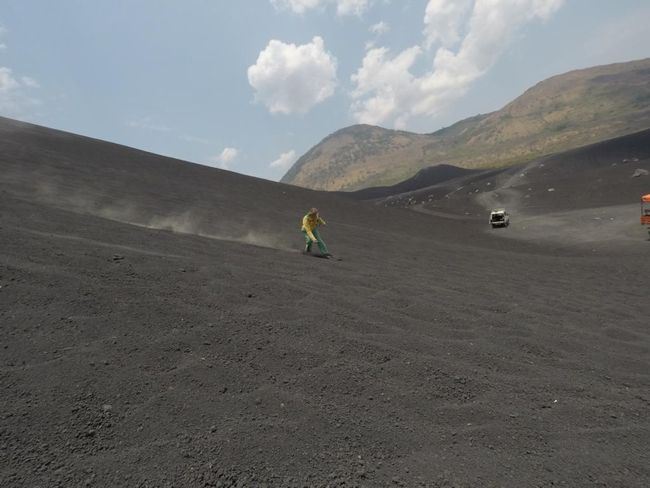
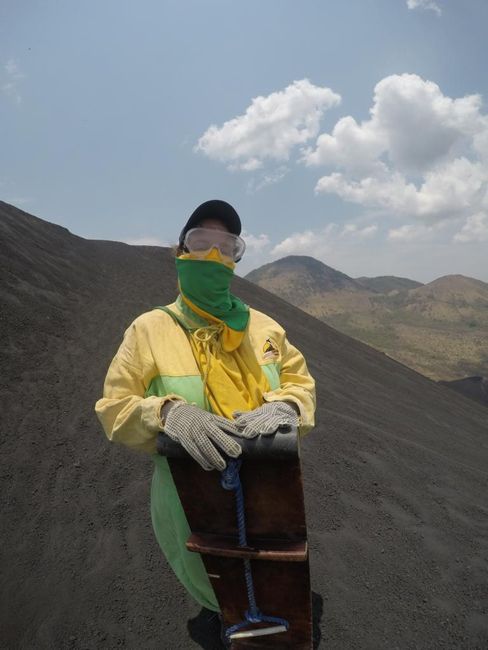
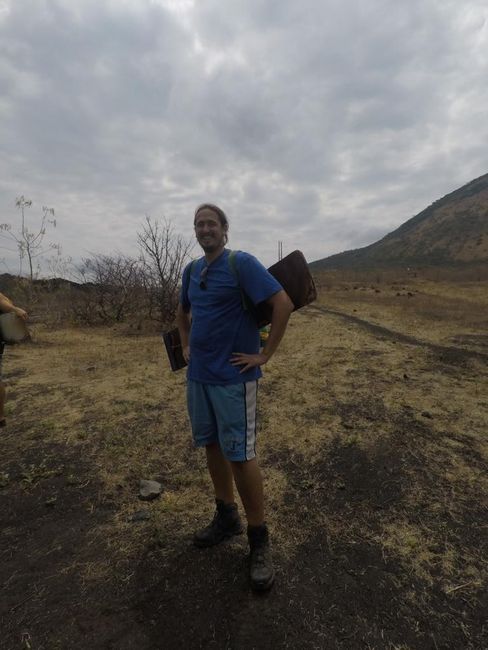
ຈອງຈົດຫມາຍຂ່າວ
It is a long journey from La Ceiba to Leon in Nicaragua. Although direct shuttles are offered, we didn't feel like cramming ourselves into a small minibus for 14 hours. Therefore, we decided to split the journey into two stages. We took a Hedman Alas bus to Tegucigalpa, stayed overnight there, and continued the journey to Leon the next morning with Tica Bus. Once again, we had to pay taxes for entry and exit. Since Tica Bus offers daily connections across the border, there is a simplified procedure. Therefore, the Ticabus employee collected our passports and money before arriving at the border to handle the entry formalities for all passengers. We just had to unload our luggage from the bus, go through customs, and continue the journey. Once again, there was no stamp in the passport, only a small piece of paper confirming the entry date. These damn stamps, or rather their absence, would later become a problem for us, but more on that later.
Just at the border, I got a back spasm. Great. Especially when you're cramped in a tight bus for another 5 hours afterwards. Judihui. I would suffer from this for the next few days, that was for sure.
As soon as we arrived in Leon, we learned at our hostel that there had been political demonstrations and violent clashes in Nicaragua in the past few days. 60 people were reported dead and 25 people are missing. A few days ago, a new social reform was announced, which included an increase in contributions from workers and a simultaneous 5% reduction in pensions for retirees. Students had shown solidarity with the elderly and had first taken to the streets in the capital Managua and later in all parts of the country to protest against the reform. Apparently, they clashed with other youth organizations who had followed a call from the (unpopular in Nicaragua) vice president and wife of President Daniel Ortega, who also took to the streets to support the reforms. The conflict was further fueled by the intervention of the police and special units, who used force and tear gas against peaceful demonstrators. Additionally, the government censored the media by shutting down various television channels. Although the reform was revoked a few days later due to the protests, the situation had become so heated that the students were no longer satisfied with that. They now protested against corruption in the country and media censorship and demanded the resignation of Daniel Ortega from the government. According to reports, all major sectors of the economy in the country, including electricity, gasoline, water, oil, and various media, are apparently controlled by the Ortega family.
Kris, the manager at our hostel, told us that there had also been clashes, street fights, and looting in Leon. Some houses had even been completely burned down. It was terrible, people were running through the streets, injured by tear gas, there was shouting everywhere, the shops were either looted or emptied by frightened residents, and the ATMs were temporarily empty. However, the situation had now calmed down and normalcy had returned. We were asked if we hadn't heard anything about it before coming to Nicaragua. No, of course we hadn't heard anything, after all, we were hanging out on a remote little island in the Atlantic, enjoying the peace and solitude. We hadn't thought of checking the media for information on the general situation, especially since Nicaragua is considered one of the safest countries in Central America. And indeed, it immediately becomes apparent in Nicaragua that there is much less barbed wire on the houses and significantly fewer armed security personnel in front of stores, banks, and in the streets compared to neighboring countries.
Well, not great news, but since it seemed really calm, we decided to stay here and still explore Nicaragua as planned. After all, the anger of the population was directed at the government, not the tourists, so we weren't very scared. We did encounter some demonstration marches in Leon a few times, but they all seemed very peaceful, and we simply turned around and went in the other direction. This struggle is not ours, and we didn't want to foolishly get caught in the crossfire, so the best and safest thing to do was just to stay away, and that worked really well.
Due to my back spasm, we unfortunately had to postpone some planned outdoor activities and stayed in Leon for a few more days than planned.
Leon is known as the city of churches, with a total of 16 (!) churches (one inevitably wonders who needs 16 Catholic churches in the same city, and whether the faithful always visit the same one on Sundays or if there is a kind of rotation). In any case, we spent two days wandering through the city, visiting ALL 16 churches. Although most of the churches are not particularly spectacular, it allowed us to explore a lot of Leon.
The Cathedral of Leon is the largest church in Central America. It houses a beautiful wooden altar. You can even climb onto the roof of the cathedral, where you have a good view of the city and the nearby volcanoes. We had a conversation with an employee on the roof, and we also talked about the demonstrations. He explained that the city was suffering greatly because so many tourists had left or never even come after hearing about the unrest. And indeed, the city seemed deserted in the first few days, there were hardly any foreigners, and many tourist shops remained closed.
We visited the Museum of Legends and Traditions, where legends and myths from the country's history are told and traditional festivals are presented. The museum is quite simple and run-down and consists mainly of papier-mâché figures and some accompanying text, but it was still very entertaining and diverse.
For example, the dance of the Gigantonas is introduced, which was born in the early 18th century and parodies the Spanish conquerors. People dress up as a series of specific characters that represent the differences in social classes during colonial times. A narrator recites rhymes and songs. The dances are performed in Leon between November and January.
One of Nicaragua's most popular legends is that of the Nahua Oxcarts. The Spaniards brought ox carts to Central America. The indigenous people were exploited as forced labor, many died in gold mines or in the fields. Many natives tried to escape but were pursued by the Spaniards with the ox carts. The indigenous people therefore feared the loud clattering of the carts, as it meant death to them. Nowadays, the legend says that you can still hear the cart at night, reminding of the abuse of the indigenous peoples. If you see the ox cart in the streets at night, it means that you will soon die. The ox cart never turns a corner. It disappears and reappears in the next street. It appears between midnight and 1 a.m.
In Central America, we made friends with the rum brand Flor de Caña, which we did not know before. Since the rum comes from Nicaragua, we naturally couldn't resist taking a trip to the "factory." Unfortunately, it turned out that the rum is not actually produced or bottled on the premises, but only stored there. Therefore, we could only visit barrels and storage rooms. There are 65,000 barrels in the largest of the 6 warehouses alone. All different varieties are stored in all storage rooms to ensure supply security in case one should catch fire. It is also interesting to note that there was no sugarcane in the American continent before it was introduced by the Spaniards here. Rum is produced as a by-product of the sugar from sugarcane.
Since it was May 1st, and the entire workforce was currently demonstrating, there was also nothing going on there. The tour is really an absolute tourist trap, very similar to the rum tour at the Havana Club brand, which we had already done in Cuba. Apart from the short tasting and the opportunity to buy a good bottle for our home bar, the tour unfortunately wasn't particularly worthwhile.
We also visited the Museum of the Revolution, which provides information about the revolution and the civil war in Nicaragua. The entrance fee includes a guide, all of whom are war veterans who fought on the side of the guerrillas. Today, they loiter in front of the museum and wait for visitors to come by. Javier took us through the grounds, and fortunately, we had already read a little about the topic beforehand, because Javier's fast Spanish was incredibly difficult to understand. He had also fought as a very young man still in his teens and had been shot 4 times, once even in the head; he showed us the scars. He jokingly said that he only had 3 lives left.
Since gaining independence from Spain in 1821, the country has experienced conflicts and civil wars. The "Sandinista Movement" prevalent in Nicaragua can be traced back to the liberal General Augusto Sandino, who inflicted heavy defeats on the US Marines stationed in the country with a small group of fighters between 1927 and 1933. After the US troops withdrew from Nicaragua, Sandino laid down his arms but was still assassinated at a banquet in 1934 by henchmen of the commander-in-chief of the National Guard trained by the US military, Anastasio Somoza, despite the fact that Sandino had ceased his armed struggle.
Three years later, Somoza staged a coup against the then government and had himself elected president. This established a dynasty that ruled the country for almost four decades. He amassed a huge private fortune. The land he had seized for himself was as large as the state of El Salvador. After the dictator fell victim to an assassination in Leon, his sons took control of the country. When a strong earthquake on December 23, 1972, destroyed the capital Managua and claimed about 10,000 lives, the Somoza family used the catastrophe for their own enrichment: They diverted large parts of the international aid money into their accounts. This led to the emergence of a strong opposition, with the FSLN (Sandinistas) coming to the fore. In 1979, the FSLN went on the offensive, and the revolutionary forces captured city after city. On July 19, 1979, the Sandinistas marched into Managua as victors, and Somoza had already fled the country by then.
Why am I telling you all this? Well, it seems absurd that the current president of Nicaragua, Daniel Ortega, himself was a Sandinista and was actively involved in the fight against the dictator Somoza. And now he himself has seized power for years and is currently suppressing and violently suppressing protests and demonstrations by his people. We'll come back to this later.
Our guide Javier took us up to the (not very trustworthy corrugated iron) roof of the museum building, where we could enjoy the wonderful view of the city. We told him that we had already visited El Salvador and Cuba and had dealt with the revolutions there. Surprised, he asked us if we were "leftists." Laughing, we denied it and explained that we simply have an interest in world history and are fascinated by the idea that a small group of people who firmly believe they can change something can rise up and win against a much stronger power. Yes, he said, back then, when they faced the government forces, they had nothing left to lose but their lives, which made them courageous.
Finally, my back had improved, and we were able to finally book the long-awaited tour to Cerro Negro. Yes, we climbed another volcano. Fortunately, this time it wasn't very far, the climb took just over an hour, although it was really quite exhausting. The descent, on the other hand, took just over a minute; we rode down on a sled! This is a popular activity in Nicaragua, volcano boarding, and it had been on our list for a long time.
During the ascent, our guide explained that the volcano is very active and constantly monitored. If he receives a call from his office with the news that an eruption is expected soon, we would have 5 minutes to flee. Uh-huh. One wonders how far you can get in 5 minutes?
The volcanic cone is completely covered with black rocks and ash, hence the name. The view of the surroundings and into the craters (there are 5 of them) is breathtaking.
It should be mentioned that, once again, it was my idea to undertake such nonsense. But in the end, I'm the one who trembles in fear while looking down from the top, while Jörg stands coolly beside me and asks when we're starting. However, my fear subsided when the guide gave us a short safety briefing. When he explained that you have to dig your feet into the ash to brake, I could barely hold back my laughter. Yes, yes, we go sledding on snow at home, so it probably won't be much different here. And it really wasn't, it was actually quite a bit slower than in the snow.
Once again, we ended up in the group of hyper-sports enthusiasts. Everyone else in our team decided to whiz down the slope on a kind of snowboard. Whiz is an exaggeration because, in truth, they mostly sat on their butts. The snowboard method is only offered by the tour agency through which we had booked (we didn't even know that beforehand). Everyone else only offers the sled because it can be really dangerous to fall with the "rock-board" here.
In any case, I was glad that we had chosen the sled method; it was really a lot of fun to zoom down the steep volcano slope while enjoying the wonderful view. It was a really cool experience, I would have gone a second time if I hadn't had to hike up the steep cone again. 😊
ຈອງຈົດຫມາຍຂ່າວ
ຄໍາຕອບ
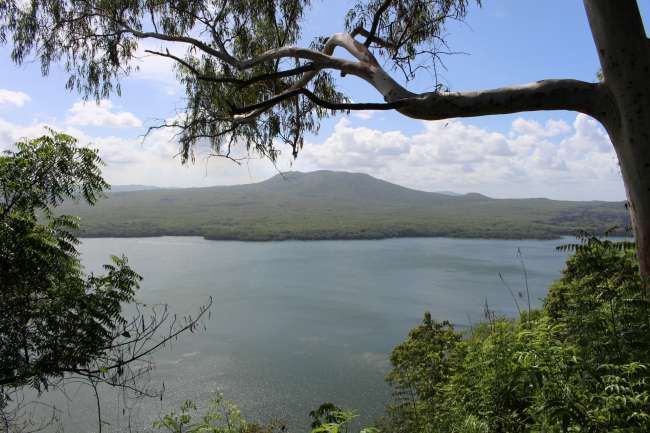
ລາຍງານການເດີນທາງ ນິກາຣາກົວ

